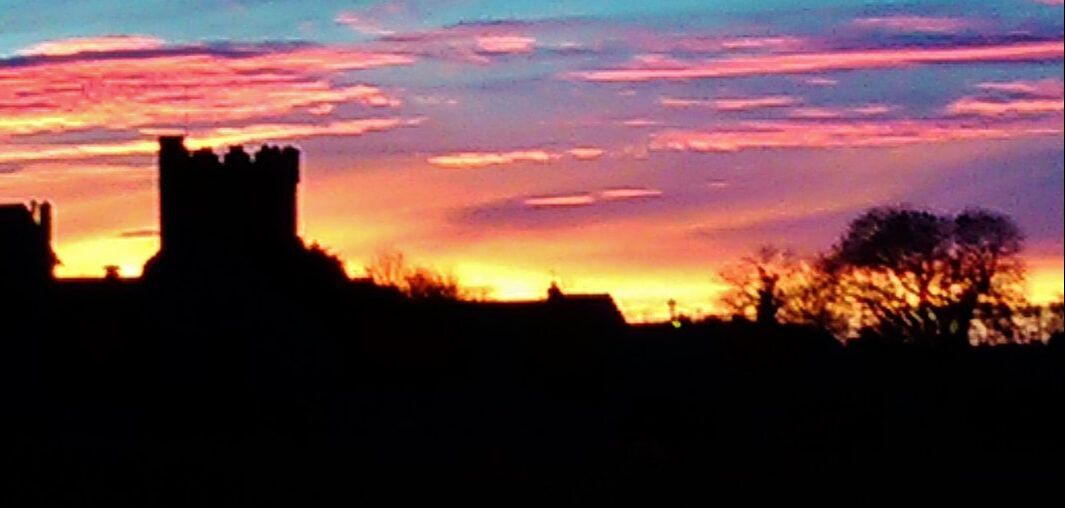Local Legend

Tal-y-Llyn Lake is a name commonly used for Llyn Mwyngil. Tal-y-Llyn means “Brow of the Lake” in Welsh. It is the name of the village that sits on the shores of Llyn Mwyngil, the narrow fertile lake, sometimes translated as the “Lake of Pleasant Retreat”. The name possibly gives reference to a Monk’s cell or retreat that used to exist on the current site of Llanfair Eglwys Sant (St. Mary’s Church.) Christianity in the area certainly dates back to at least the 6th Century with St. Cadfan, who sailed here from Brittany to establish Monastic communities in Tywyn and along St. Cadfan’s Way. This can be traced inland all the way to Shrewsbury Abbey. Tywyn’s beautiful church is still dedicated to this Celtic saint and is well worth a visit. In the church wall there is the Cadfan Stone, carved with the oldest existing writing in the Welsh Language. penybonthotel.wordpress.com/2012/02/28/treasure-the-tal-y-llyn-hoard/ History in the area goes back much further, as evidenced by the discovery, in June 1963, of remarkable Bronze Celtic shield decorations. These were found on the southern slopes of Cadair Idris and called the Tal-y-Llyn Hoard. Also, Medieval Coffins were found that contained the remains of unusually tall people, adding to the local air of mystery. More recently the stories of Jenny Jones and Mari Jones are of local historical interest. Jenny Jones was on the field of battle at Waterloo and lived for most of her life in Tal-y-Llyn. penybonthotel.wordpress.com/2012/03/01/more-about-jenny-jones-4/ Mari Jones walked from nearby Llanfihangel-y-Pennant to Bala barefoot to obtain a the first copies of the bible in the Welsh Language. Her journey took her past the Pen-y-Bont Hotel as recorded in the church at Llanfihangel. Less than a mile from Llanfihangel y Pennant is the beautiful ruin Castell-y-Bere. This is a must for any visitor to the local area; a castle of Llewellyn the Great built to resist the invading English. It is quite different from castles built by the English in Wales, which seem to dominate the landscape as was the intent of their owners e.g. Harlech Castle which is approximately 20 miles from Tal-y-Llyn. Cadair Idris is the second largest mountain massif in Wales and reaches a height of 893 metres at Pen-y-Cadair. The name means “Chair of Idris”, as in a Poet’s Seat. Indeed the legend goes that those who spend the night on the summit will either die, receive poetic inspiration or otherwise return insane. Should you take up the challenge and approach the summit do not be surprised if the mountain seems strangely foreboding....it will not relinquish it’s treasures to the unworthy. The approach from the Pen-y-Bont Hotel takes you round the sunny side of Llyn Mwyngil, the Lake of Pleasant Retreat. Here you will be treated to the yellow of Gorse and it’s peach and coconut aroma, or the purples of Foxglove or Willow Herb according to season. Arriving at Dol Idris Car Park the steep ascent begins as you pick up the Minffordd Path. Step after weary step this steepest yet shortest of routes takes you past the windfalls of recent winters...a reminder of how different the Kingdom of y Brenin Llwyd – The Grey King – can be during the times of winter darkness. Soon you will be above the tree line and at an end to the interminable steps. ..here The Grey King will test your will. Do you have the stamina to push on to Pen-y-Cadair? What of the sudden change in the weather? There are those who translate Cadair Idris as “Arthur’s Seat”. Certainly the legends of King Arthur were Welsh in origin, and the tales of his deeds are remarkable, widespread and persistent. Enough reason to name a mountain after him. If this is so why doesn’t it carry his name? The name is actually that of a Giant from Welsh Mythology. But who is this Giant Idris? In folklore he was one of the Three Holy Astronomers of the Island of Britain ( their names, in full, are Idris Gawr, Gwydion mab Don and Gwynn ap Nudd). The giant Idris, Gwydion the Magician and Gwyn the King of the Underworld. According to Iolo Morgannwg in 1791/2 “so great was their knowledge of the stars, and of their natures and influences, that they could foretell whatever anyone might wish to know until the Day of Judgement.” These are but tantalising glimpses of Idris,, like the stars through the ragged clouds in this land where the mountains meet the sea. Hopefully we are back at Talyllyn when we look for Caer Gwydion -The Milky Way - or Caer Arianrhod - Corona Borealis. Or else we might be obliged to spend the night on Cadair Idris to great reward or doom. Gwynn ap Nudd is said ride out hunting with the Cwn Annwn, the white hounds of hell with red tips to their feet and noses, across the slopes of Cader Idris. Surely enough to drive a man insane or else inspire the Awen of the poet? |




